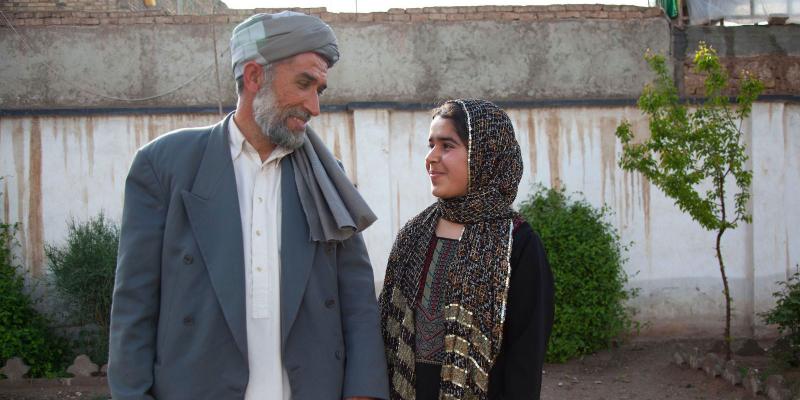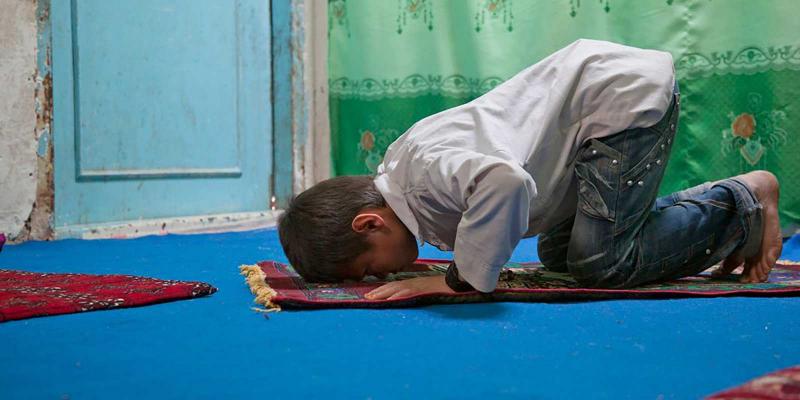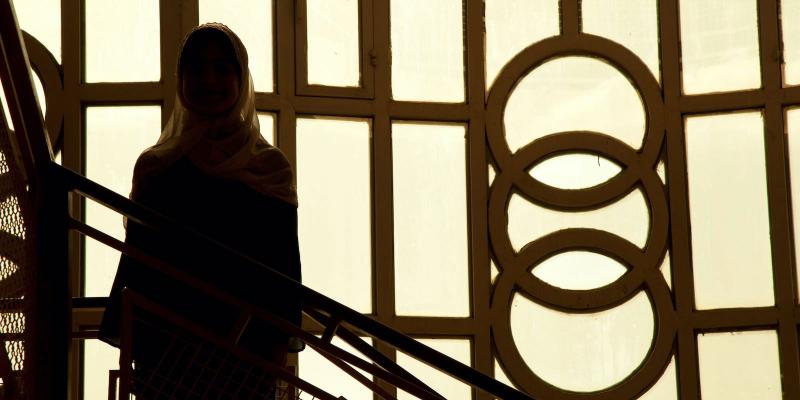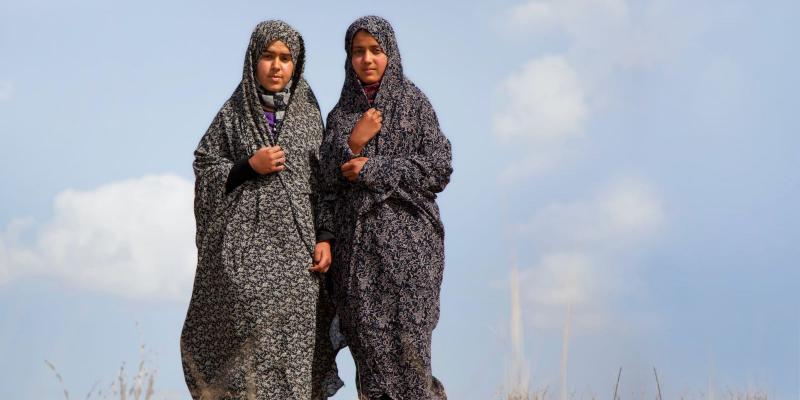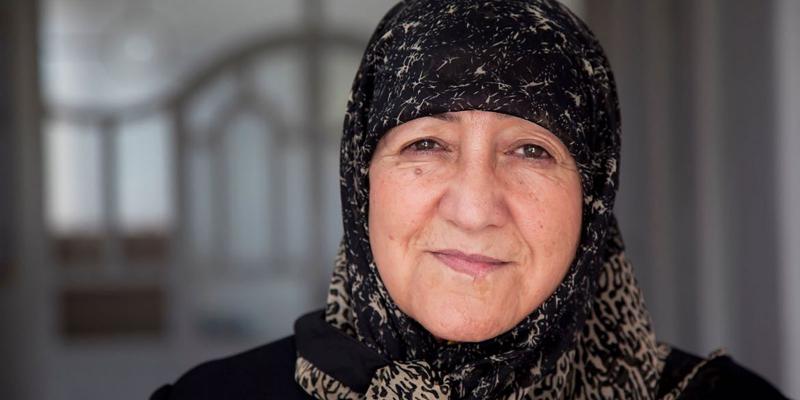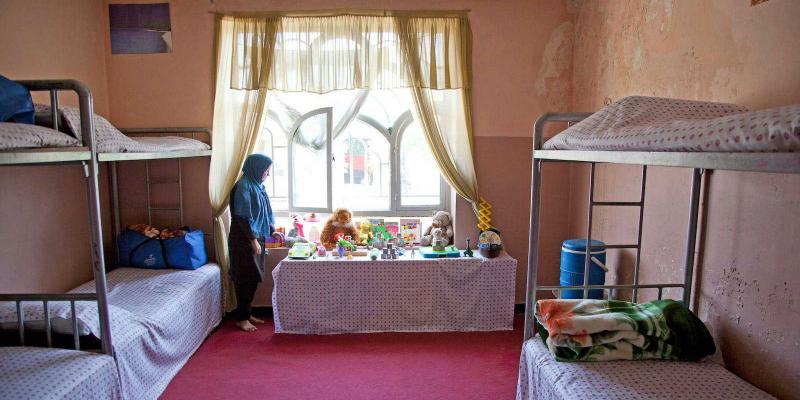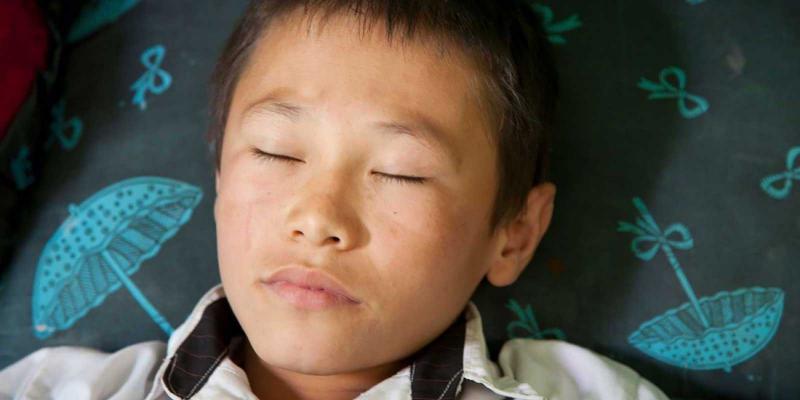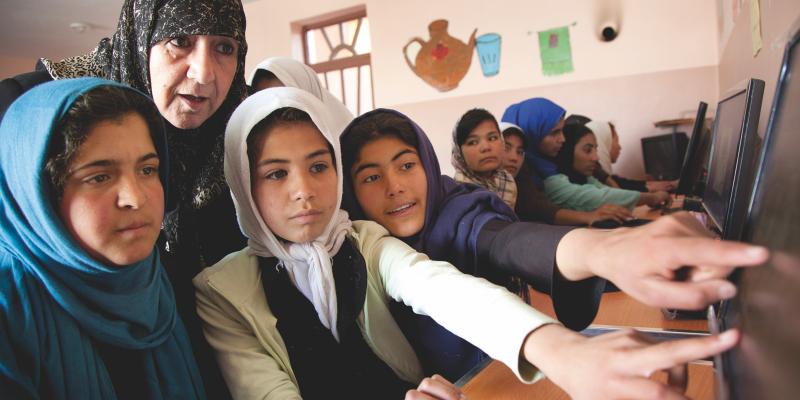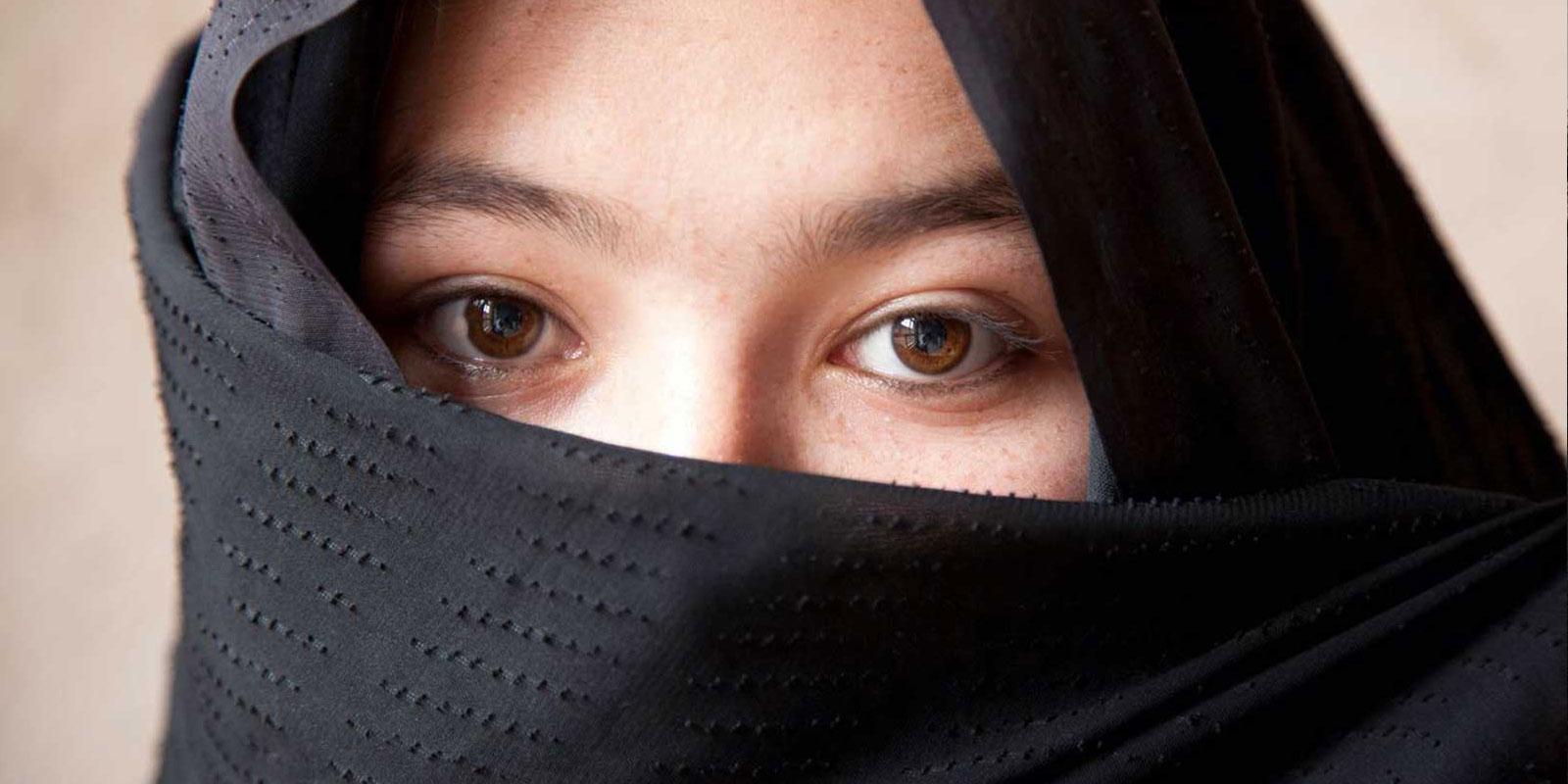
According to Islam, a woman should cover her hair. But there is nothing in the religion to say that a woman should cover her whole face or eyes.
However it is traditional in Afghanistan for women to wear a burka, a garment that covers them from head to toe, when they leave the house. Others wear a chador, which is a large piece of fabric, and a few only wear a small headscarf. In big cities, the attitude towards being covered are less strict and traditional, depending on the government.
> Learn more about girls' lives in Afghanistan, and Child Rights Hero Sakeena Yacoobi.Makhfi, 14 wears a black chador in the photo above. “According to our tradition and religion, it is not suitable for a woman to show her hair or face to strangers. At home I just wear a headscarf”, she says
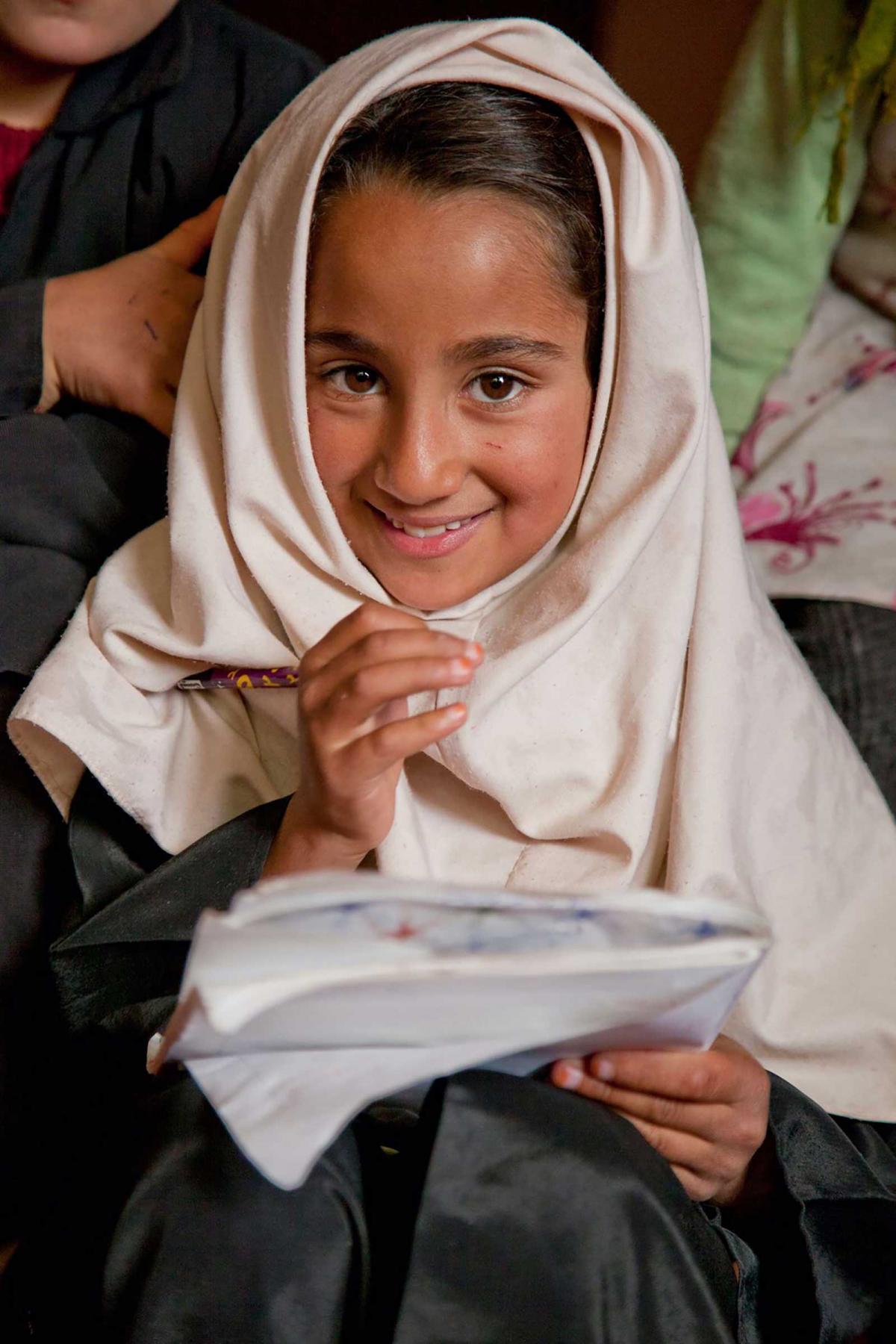
Burka
A burka covers the whole body and head. There is a piece of netting in it that lets the woman see out. Burkas are often sky blue, but can be white, brown or green. It’s hard to move around in a burka, and in the summer it gets hot under the fabric.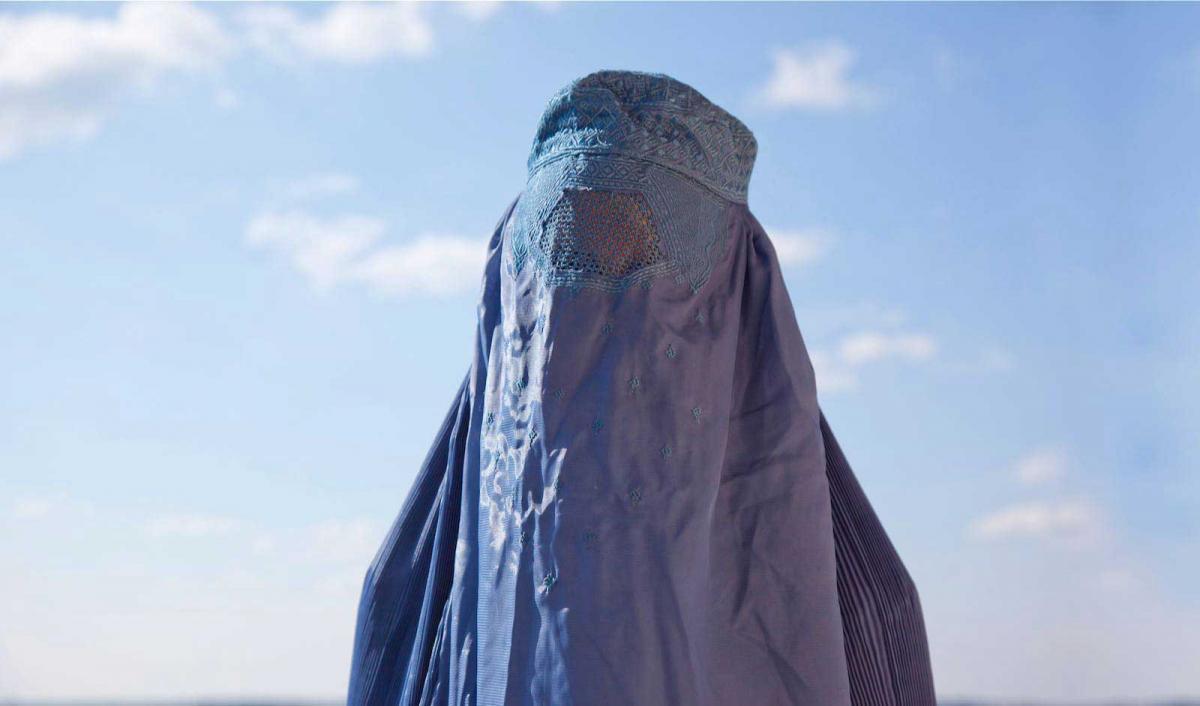
Headscarf
Wearing a headscarf isn’t any different from wearing a hat or a cap. It is worn by girls and women from modern, educated families in the cities.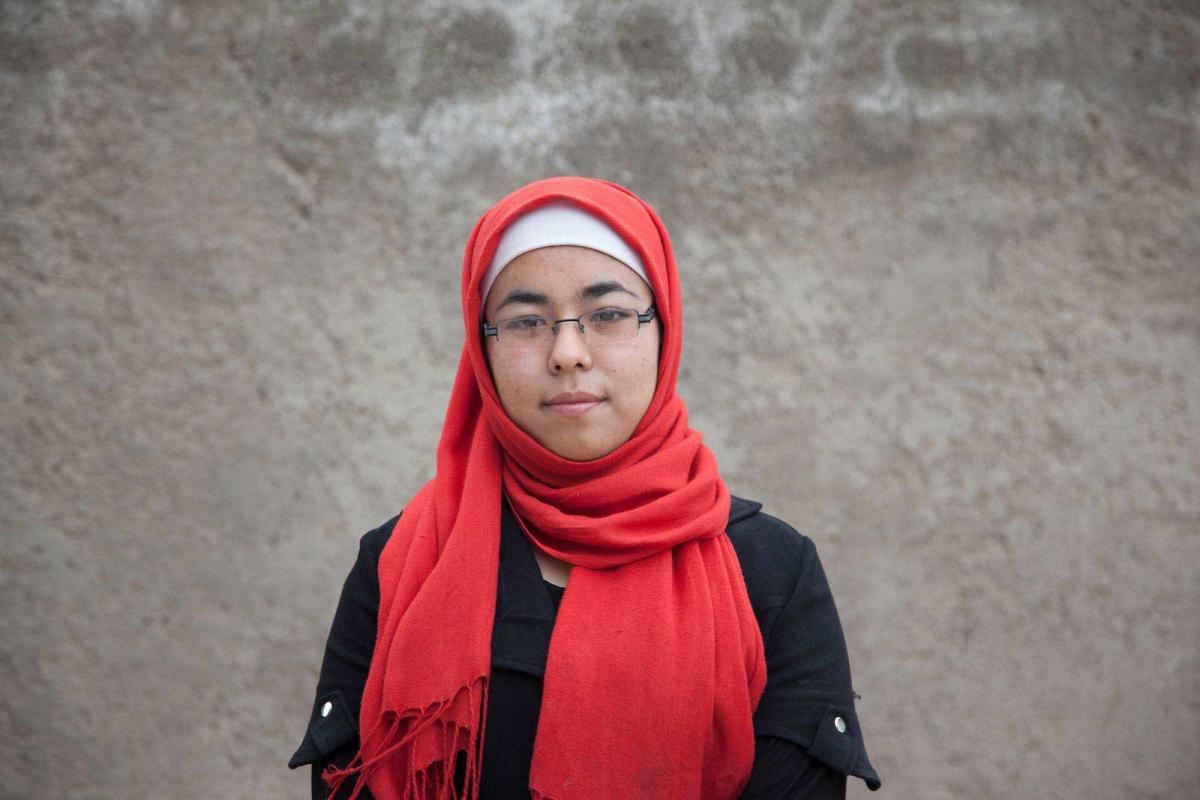
When do girls start wearing covering?
Baby girls don’t wear anything at all. Until the age of six or seven, girls have colourful skirts, blouses and sometimes a little pastel scarf. From the age of 7 to about 12, most girls wear a white or black chador or hijab. When girls are around 13-15 years old it’s often time for a burka. Women over the age of 60 sometimes don’t bother with a burka.Text: Jesper Huor
Photos: Makan E-Rahmati
Related stories
Långgatan 13, 647 30, Mariefred, Sweden
Phone: +46-159-129 00 • info@worldschildrensprize.org
© 2020 World’s Children’s Prize Foundation. All rights reserved. WORLD'S CHILDREN'S PRIZE®, the Foundation's logo, WORLD'S CHILDREN'S PRIZE FOR THE RIGHTS OF THE CHILD®, WORLD'S CHILDREN'S PARLIAMENT®, WORLD'S CHILDREN'S OMBUDSMAN®, WORLD'S CHILDREN'S PRESS CONFERENCE® and YOU ME EQUAL RIGHTS are service marks of the Foundation.



